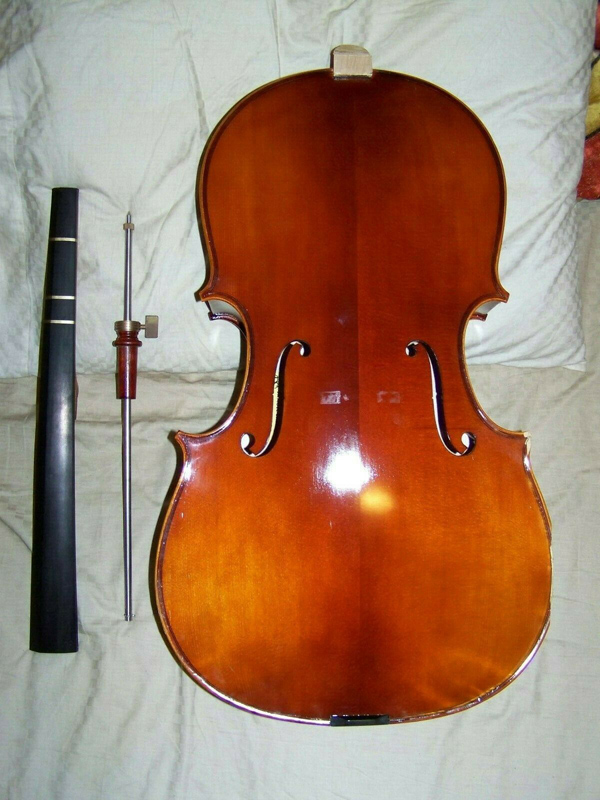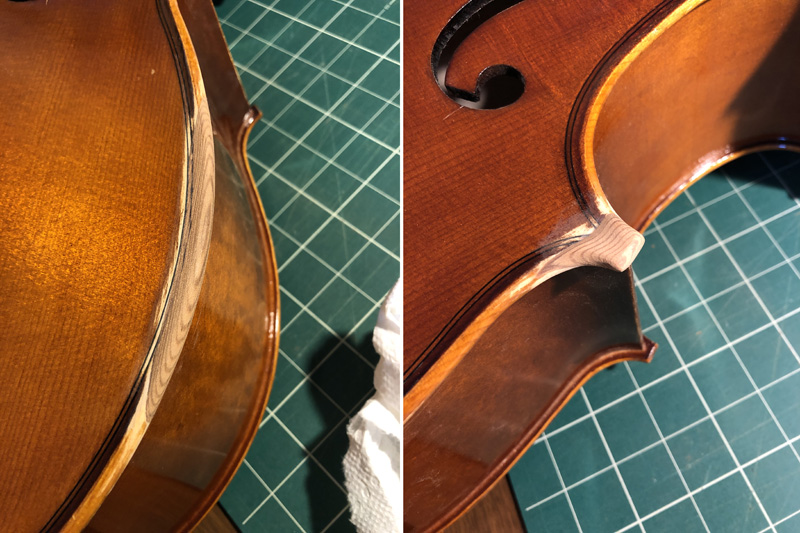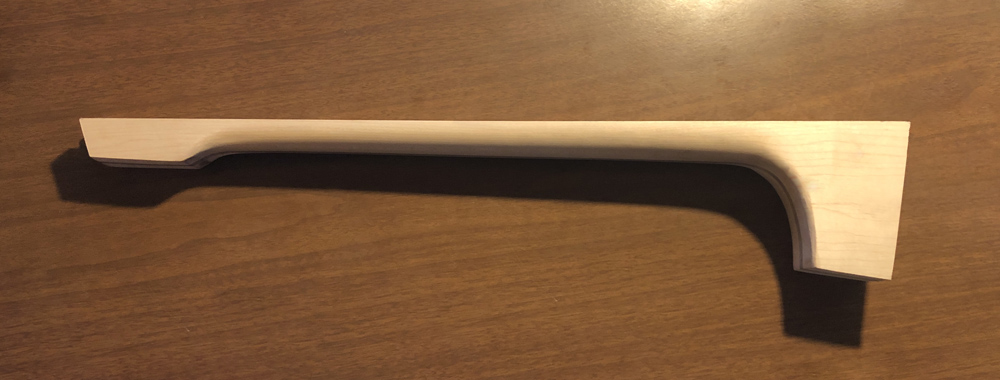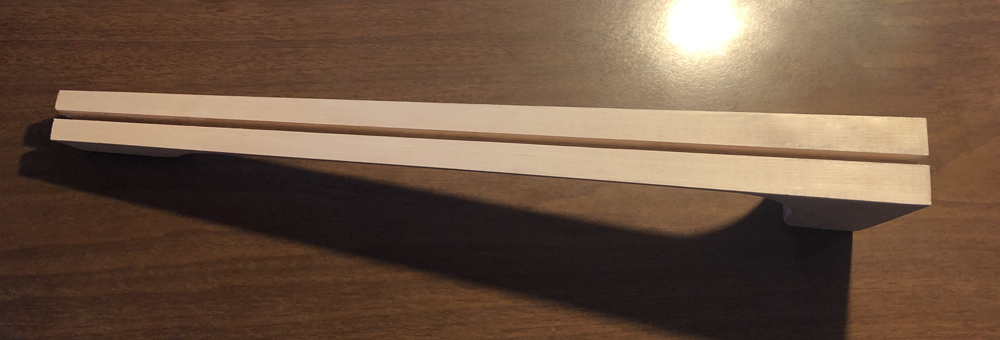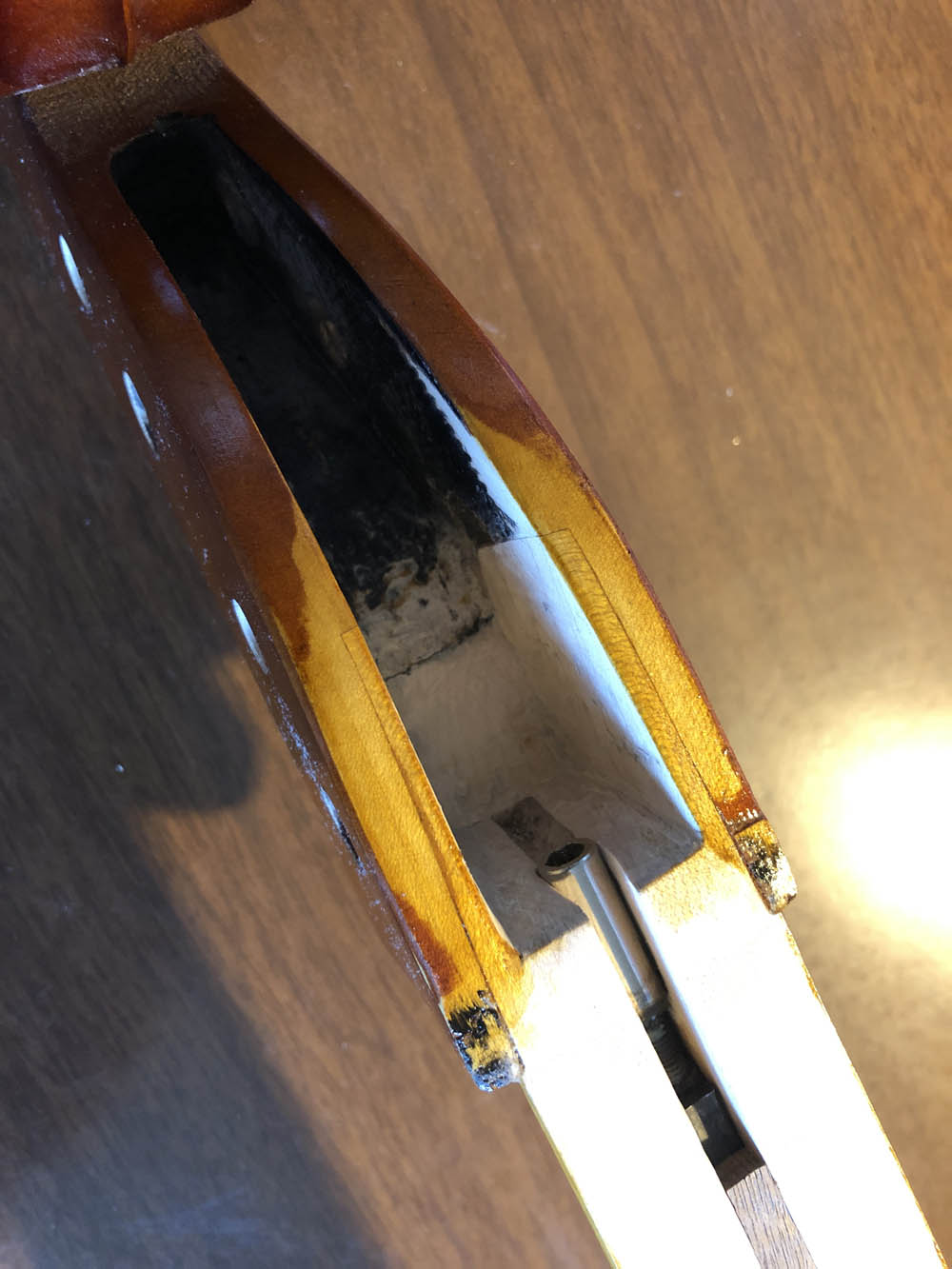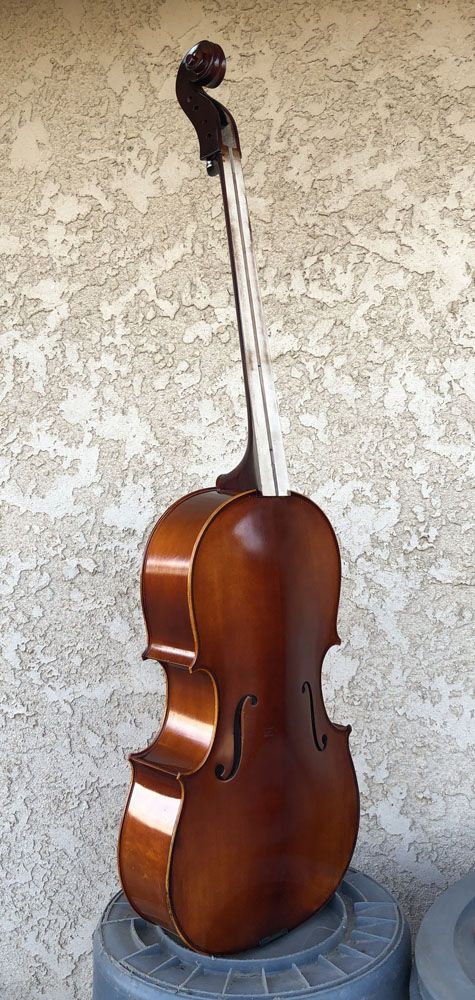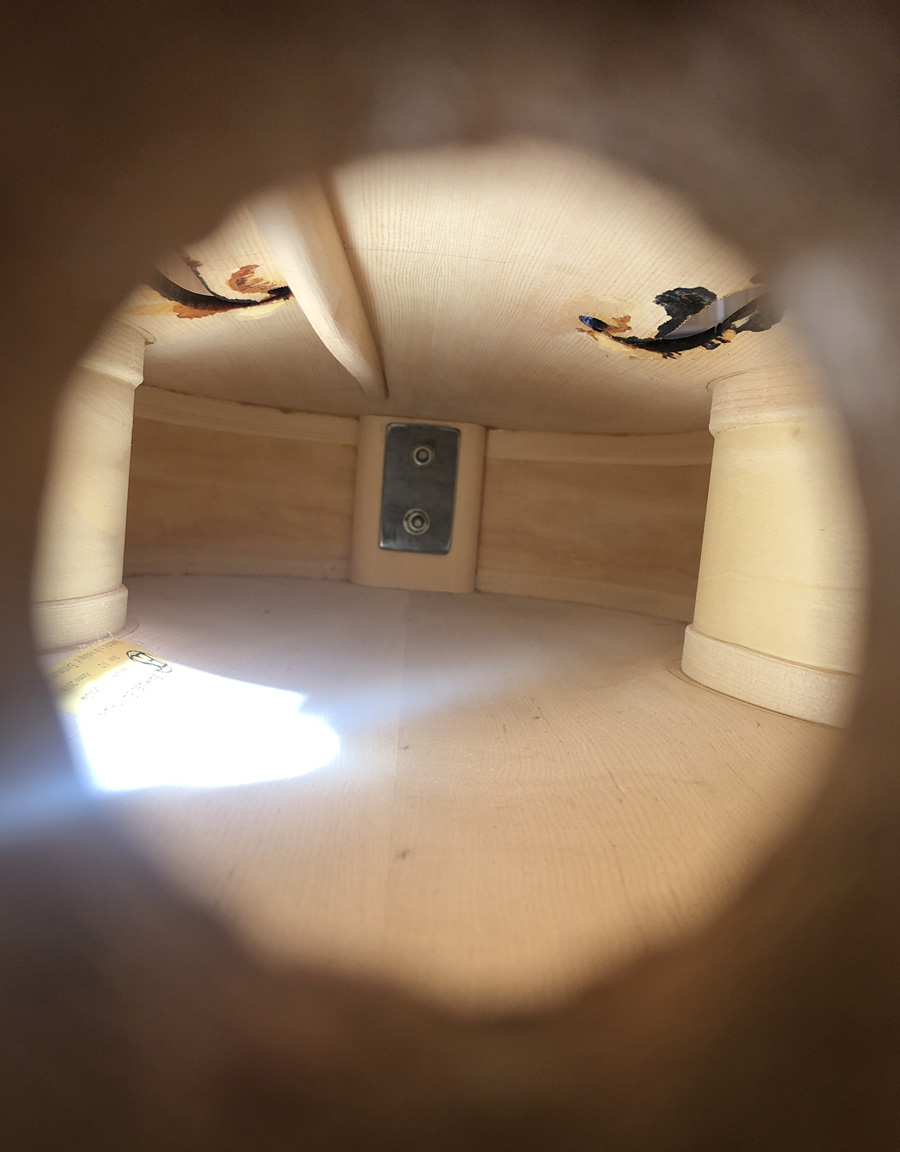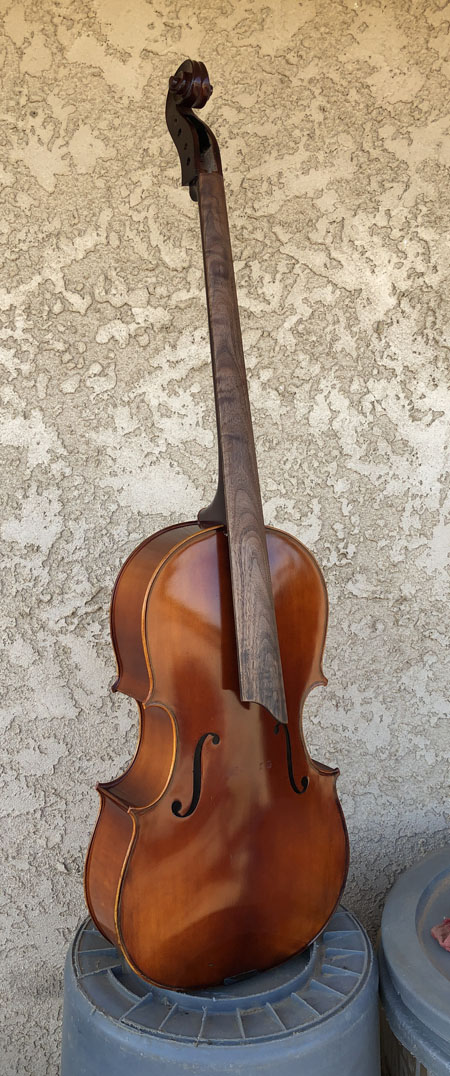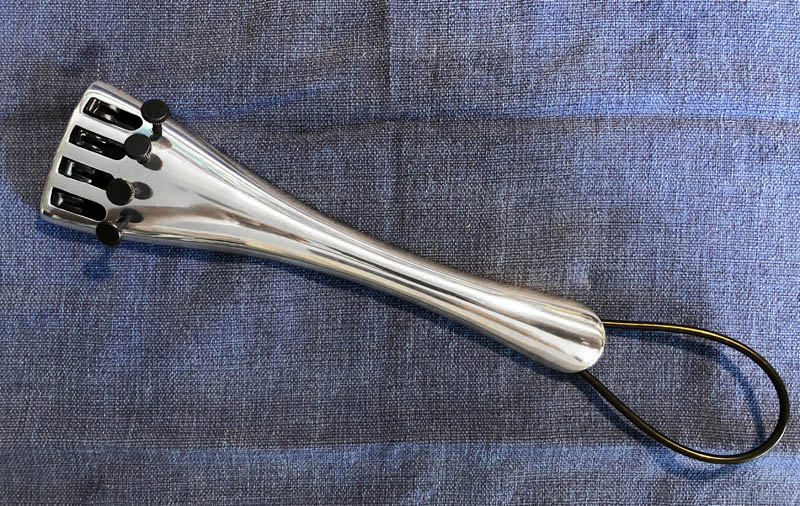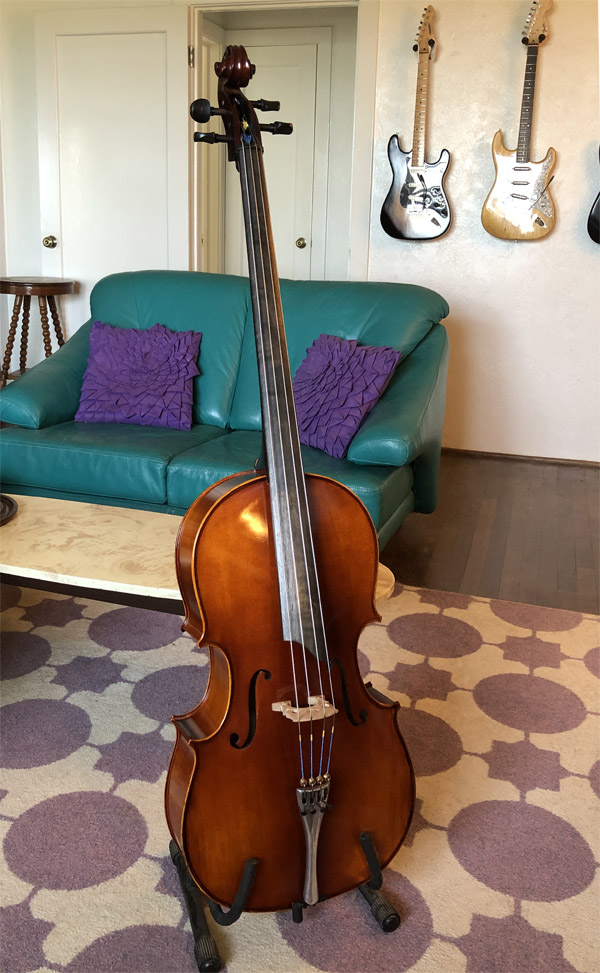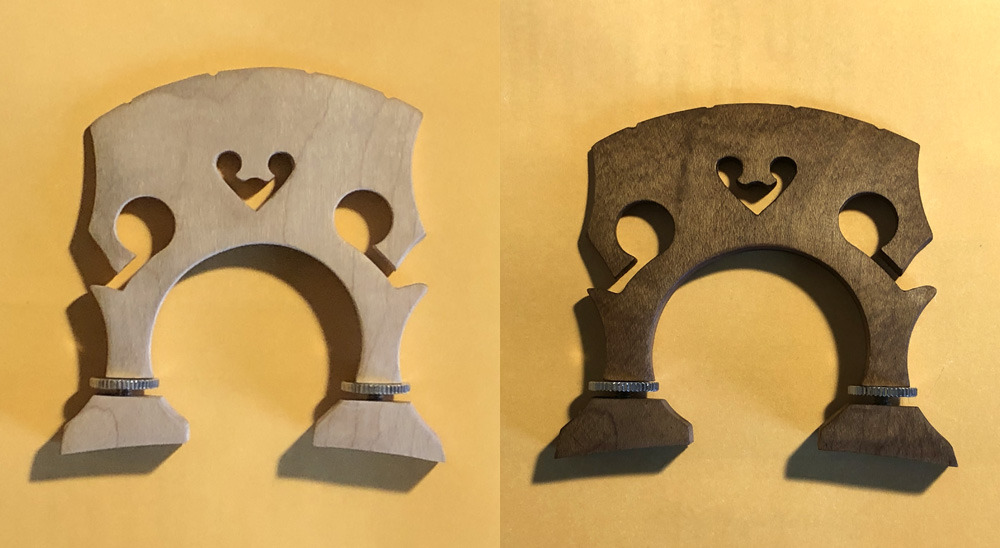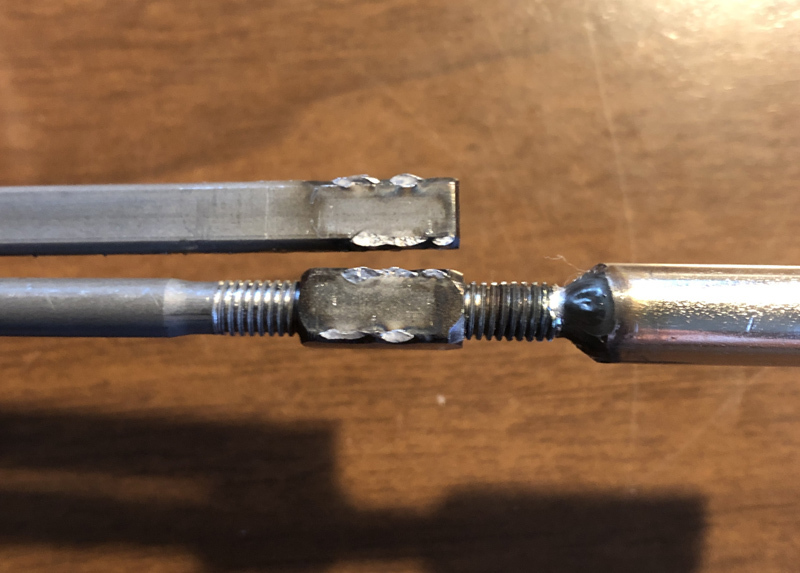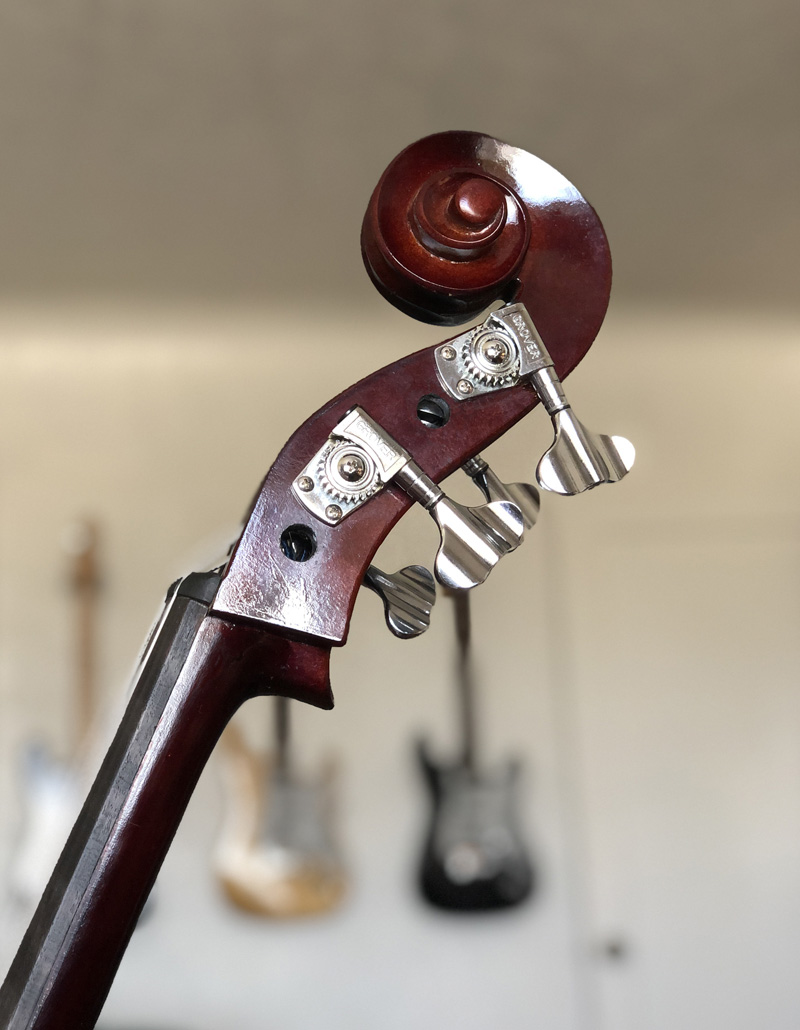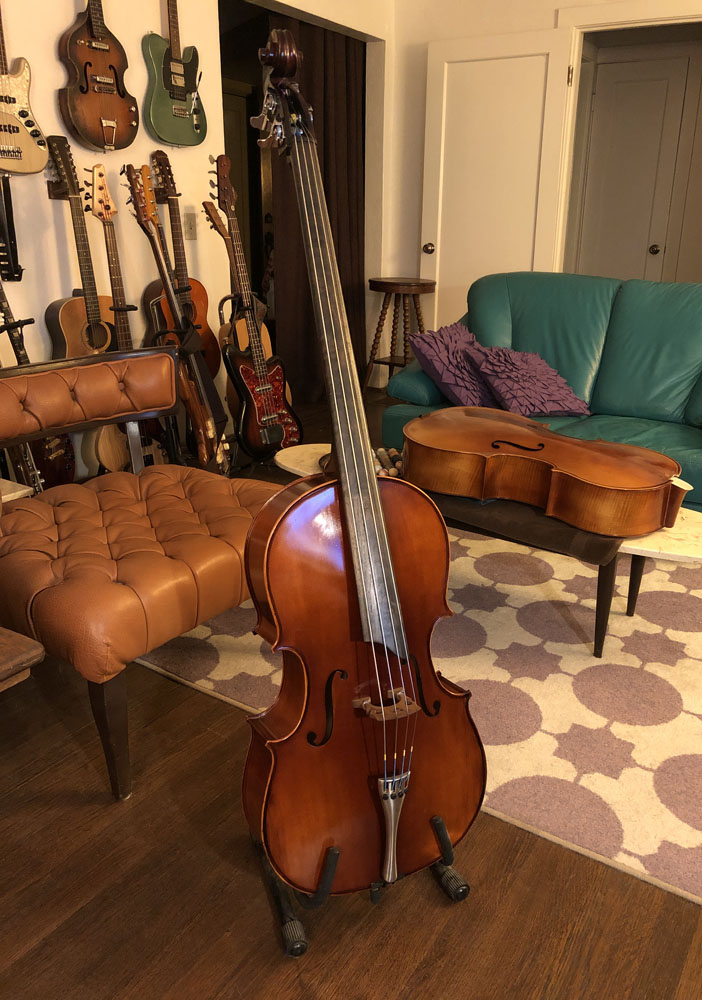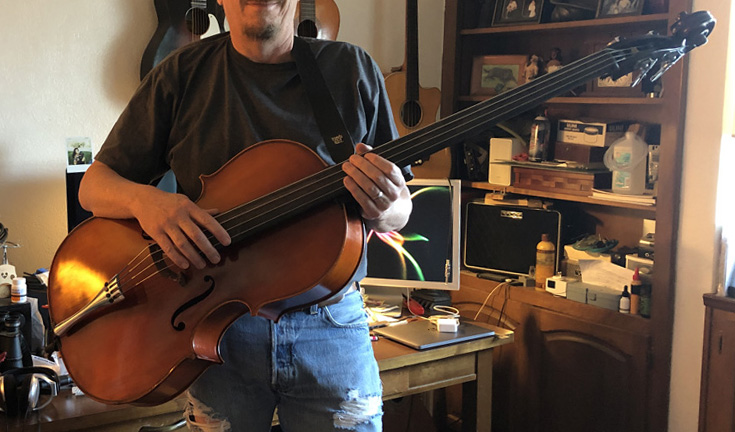It all goes back to getting the stand up bass sound, without the stand up bass.
If you are really committed to the pure, acoustic jazz art form, hauling around a stand up bass the size of a small tool shed in your personal moving van is, apparently, part of the allure. It's not for me.
I've played in bands my whole life, and the one constant was heavy gear to pack up, haul to the venue, load in, set up, tear down, haul home, unpack. Somewhere in there is the part where you actually play. Bass equipment used to be heavy. That's just how it was, you dealt with it, pretended you weren't slowly destroying your back, and enjoyed your time on stage. My "small" bass rig was probably close to 250lbs of equipment. The full rig was twice that, at least.
Now, there are ultralight neo speakers in well braced lightweight ply boxes, and 4lb class D amplifiers pumping out 600 watts. You can carry it all in one trip, and your bass, without halfway killing yourself. A far cry from 3-4 round trips hauling Ampeg heads and fridges, a pile of TL606's, 4x10's, etc. Having made this happy transition to lightweight equipment, going backwards with a 3/4 upright seems to be pure folly.I love the upright bass sound, in many situations, but not enough to commit to all the work that comes with it.
Solving the age old problems:
#1. Way too big.
#2. Nothing else really sounds like one.Two projects seem to have gotten very close to what I'd call a solution. Toby Chennel's "Arco Bass", and Mark Zandfeld's "Bace".
I particularly liked the idea of converting an already built 4/4 cello from about 27.4" to a 34" scale, as in the Bace. But I also wanted the option to still play arco.How about a helping of both? Cello body, long neck, 8-10˚ heel. tight radius fingerboard. The Bace has that Fender-y head stock style and a flatter fingerboard, but to me, a cello body looks best with a scroll. The Arco bass is beautiful, and has those pretty leg friendly "C" bouts. But I won't be building something like that from scratch this time around.
So, ebay.
I started a search for a cheap damaged cello. Preferably a good quality, solid spruce top, 4/4 size, with a snapped neck. I've -almost- started this project a few times. Last time I looked, damaged cellos were common enough. And, there were a few available when I finally checked.My first purchase was a nice Bellafina 4/4, snapped neck, but little else wrong with it. It was listed as snapped, with all the parts, and a bow. I was looking forward to getting started on this one, but, UPS decided it needed to be crushed. To be fair, the packaging was piss poor. A thin box, one layer of bubble wrap. But still, the cello's top was completely caved in. Cracked and split in several places, plus, unfortunately, right through the sound post spot. It looked like someone large had sat on it. And, all the broken off pieces were just stuffed, loose and unpadded, into the box, free to rattle around and ding the shit out of the formerly nice finish. After going back and forth, the seller finally refunded the shipping and purchase price, leaving me with a crushed box of broken cello pieces. They didn't ask me to send the pieces back. Not worth the shipping.
Cello #2 was very cheap (<$40) for busted up, quality cello. Solid spruce top, however, it was only 1/2 size. The scale length of a 1/2 size cello is only 23-1/2". So, with this size body -> a 10-1/2" neck extension was needed.
I'd initially wanted a 4/4, but after having the busted up full sized 4/4 body taking up space in the shop, I pulled the trigger on the super cheap 1/2 size cello. It, too, had a busted off neck, and also some chunks missing from the top. But only the body, the end pin, and part of the neck stub was included. No scroll.1/2 size cello, after having received the full student treatment. This ebay pic was my new starting point.
First the missing chunks. This cello top is solid spruce, but I didn't have any spruce handy. We're in the middle of the Covid lockdown at this point, so I grafted in some red cedar instead. Close enough, and shouldn't be noticeable once it has some varnish on it.
The new neck. Again, no solid maple billet handy for a blank. But I made do by gluing up a couple maple and walnut planks. Here is the neck stub after rough shaping.
A 34" scale neck is long, and I was a little worried about the neck moving, despite the extra stabilizing effect a typically thick fingerboard you end up with when carving to a 5-6" radius. So, when I glued up the planks, I sandwiched a 1/4" walnut plank in the center, and set it 1/2" below the top, forming a pre-made truss rod groove. Once the truss rod was in, I carefully glued a filler strip in the slot, keeping the truss rod free to move. And, removable, if needed.
The remains of the busted 4/4 cello included the neck and scroll, so I grafted the scroll box onto the new neck stub. You can see truss rod #1 in this shot. Color matching/blending came later.
All grafted and volute carved.
New neck fitting. I had to widen the mortise since I made the neck for a wider-than-cello (i.e., normal electric bass) string spacing.
A bit of fiddling in the cello's deep neck mortise and it was snug and straight.
The original cello neck was glued on with a LOT of glue, and the neck stump was very tough to get out of the body. It took half a day, hot knives, and a lot of patience. I wanted to be able to remove the neck at will, so I wanted a non-permanent joint. 1/4-20 bolts seemed like the right solution. I used threaded inserts for soft metal into the heel. These work great in hardwoods. You just drill the hole one size smaller than recommended, and then tap normally. Slather the inserts with glue and they screw in easy, nice and snug. I thought about trying get two bolts started from 30" away without cross-threading and ended up screwing 4" long 1/4-20 studs into the heel inserts. The studs poking into the body through the heel block made it a lot easier to install the backing plate. The bolts and washers went on, no problem. I did weld up a 30" socket extension, though. Turns out five 6" socket extensions stacked together is really hard to manage. Torqued down, the joint felt very, very solid. And, the neck came off in minutes when it was time to glue on the finger board. I used a big backing plate, since the heel block wood didn't seem that hard when I was cleaning up the mortise.
Lockdown = no ebony. How about walnut? I have a couple nice figured planks. Looks beautiful, too.
Walnut isn't rated especially hard, softer than maple, nowhere near as hard as ebony. But this bass will have flats, and the particular piece of walnut I used also seemed to be pretty hard.
A lot of the Kay uprights had dyed maple fingerboards, and 60-70 years later, they are still being played regularly. If it does get grooved enough to be a problem, there is room to re-sand it.
This walnut fingerboard will probably outlast me.
Sanded, darkened slightly to enhance the figuring, lightly burnished. Pretty to look at.
Bolted together again.
I needed a tailpiece. Aluminum cello tailpieces are pretty common. Many nice cellos use them. Lightweight, super strong. Oddly, every single one I saw was painted satin black, like faux ebony. There is traditional, and then there is fakery. Painting the aluminum black strikes me as being... "phony".
Aluminum is beautiful polished up. So I stripped the one I had, sanded fine, finer, finest, and gave it a good polishing and buff out. The included tail gut was cheap, with a threaded nylon core. That turned out to be a problem, as the bass strings have a higher tension. Just enough more to slowly deform and slip the threads on the nylon gut core. One thread at a time. I was presented a mystery for a couple days after I strung it up. It would hold a rock steady tune. I'd come back an hour later, and the tune would be flat by quite a bit. Hmm.
Finally, I was working at my desk, cello in the stand behind me, and I heard it slip a thread, a barely heard *doopmmmm*. I stared at the cello/bass for a few minutes running through all the possible causes for such a noise, and figured out the problem. I replaced it with a metal threaded tail gut.
Strung up. Sound post set (again), and I thought I might use the original friction pegs and fine tuners.
What stupid idea.
The friction tuners are, of course, 1 to 1 ratio. Properly lubed and sized, I still had a hard time moving them in small enough increments to get me close enough to use the fine tuners. I spent an honest half an hour just getting it close enough to do a final fine tune. What a PITA. Then, the E string fine tuner stripped. Fudge. That forced the issue, though I would have put machine head tuners on it at some point anyway, I know the limits of my patience. Full size upright basses all have machine heads, so...
I hopped on ebay, looking for some inexpensive/interesting 2+2 bass machine heads.
In the meantime, I did the final arc adjustments to the bridge. Again, I had no quarter sawn maple handy when I carved it, so a flat sawn bridge is what I've got. After I had it properly arced to match the fingerboard profile, I wanted to age/darken it slightly in the ammonia chamber (gladware container this time). I left the chamber on the workbench that morning, thinking about 2 hours of gassing would do the trick.
The next night... I remembered I'd put the bridge in the container to age. So it came out pretty dark. "Extra well aged".
Cello sized bridges normally don't have height adjusters like upright basses. But the 1/4-20 upright bass bridge design scales down just fine to 6-32. I used adjusters and shafts from a Tun-o-matic style bridge. Under $5 at StewMac.
As the cello-bass settled out, the neck did take on a very slight face bow. A millimeter or so of relief is actually desirable, and helps with string slap, but this was a tiny bit more than I thought was acceptable. I felt pretty good about having put in a truss rod. I loosened all the strings like a good boy before grabbing the Allen wrench. After just a bare 1/4 turn from dead loose ... POP! The truss rod snapped.
Well, that's what I get for saving a whole 85¢ on an ebay truss rod. Upon examination the barely there "welds" had broken on the slightly cheaper truss rod. The decision to make the truss rod removable, in case of disaster, payed off. I ordered a StewMac low profile HotRod, and tapped it in. A little leery now, I started adjusting. But the new rod pulled the bit of excessive bow right out, easily.
The tuning machines finally arrived. I've learned my lesson about buying brand new, super cheap, overseas junk, and looked for old (ok "vintage") used machine heads. I eventually found some cool vintage Grover wavy key (early) Titans on ebay. The BC Rich open gear type, not the covered Rickenbacker type. They are 20-1 ratio. The seller had lost the bushings, so they were quite cheap. Old wavy key Grover bushing are, it turns out, unobtainium. They are 9/16" OD and threaded 1/2-20 inside. Very thin walled. I dug out four 1/2-20 nuts, and cut new bushings. They needed to be a bit shorter since the scroll box walls are thinner than a typical bass head stock. I had to slightly enlarge the peg holes, of course. It was tight, and tedious, and I had to grind down a wrench, but they eventually went in just fine. The cello-bass then tuned up perfectly, and more importantly, effortlessly. I removed the fine tuners in the tailpiece, and ran the strings normally.
Strung up and ready to go. Since I had time on my hands waiting for the Grover tuners, and I'd forgotten all about gassing the bridge, I removed the splintered top from the other, smashed up 4/4 cello. I cooked up some 251 gram hide glue, and glued and cleated all the breaks back together. It also needed a soundpost patch/graft. Surprisingly, it came out nicer than I would have expected. The fresh cracks and splits mated perfectly with just slight pressure and closed up nearly invisible. Hide glue tends to suck wood together as it dries, so the cracks were really hard to see. Eventually I'll remove the neck stump and do something with the 4/4 body. For now, it's just sitting loose, set on the back in this shot.
Anyway... 1/2 bass/cello, tuned and adjusted. Now it's done. But how does it play and sound?
Yeah! I have to say it plays really nice and easy when hung on a strap and played like an electric. Not a dot or line to be seen on the neck, so it will take some time to learn what is where (edit- ok, I added side dots, everything is all better now). It has all of the distinctive woodyness and fast string decay of the typical full size upright bass, and at just under 8lbs.
Strings make the bass. I used a set of Savarez Corelli 350B strings @ 90cm. These are for small, fractional sized upright basses. A bit pricy for an experiment, but I wanted real upright stings, and they do sound great. Good for arco, too. I managed to make deep, soothing whale fart noises for half an hour or so with the bow. Nice deep tones, no cat screams, though it's tough to play arco with the bass hanging on a strap. It still has the end pin, so it can also be played upright.The verdict on this one is:
Acoustically, it sounds very, very much like an upright bass, but, of course, lacks the booming bottom end volume of a full sized upright bass. It's noticeably louder than my fretless Alvarez ABG, and easily keeps up with a classical guitar in an acoustic setting. But a steel strings and singing hipsters folk guitar jam might be pushing it.
But, that's not what I built it for. I built it to be amplified, on stage. Played through an amp, you just roll the bass up slightly to fill out all the bottom end. You'd be very hard pressed to tell it not a full sized upright bass, just from the sound. And no moving van required. Now I just need to put together some piezo wing pickups, and get the ToneDexter preamp figured out.
Here's an acoustic sound clip. This is through a 58 sitting on my desk, aimed at the bridge, about 16" away, into Logic, via a FastTrack, with a slight bass EQ bump.
Freshly Strung Up Sound Clip mp3
•••
